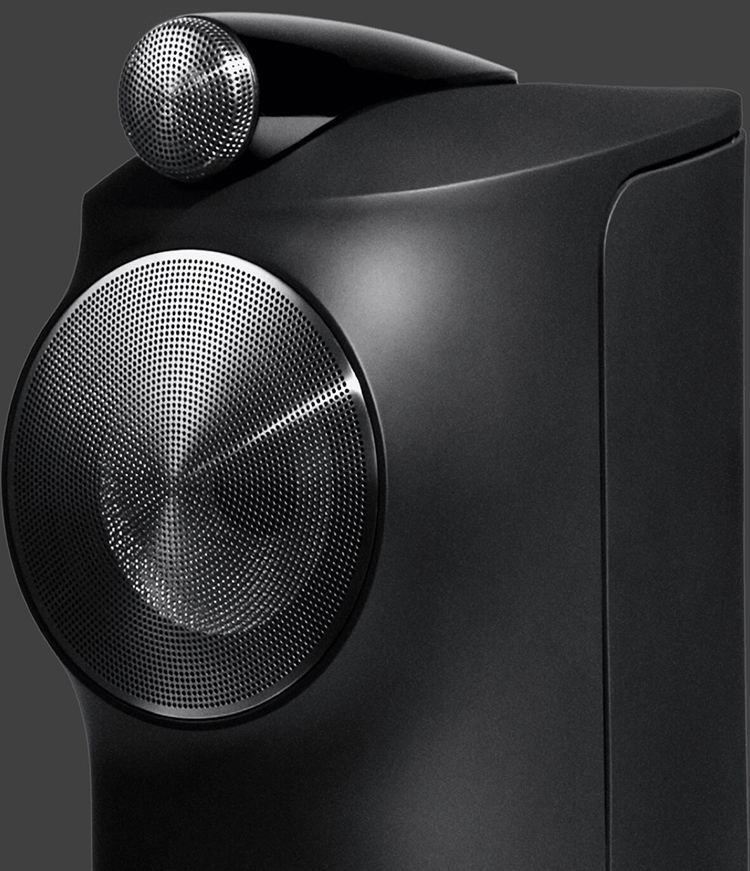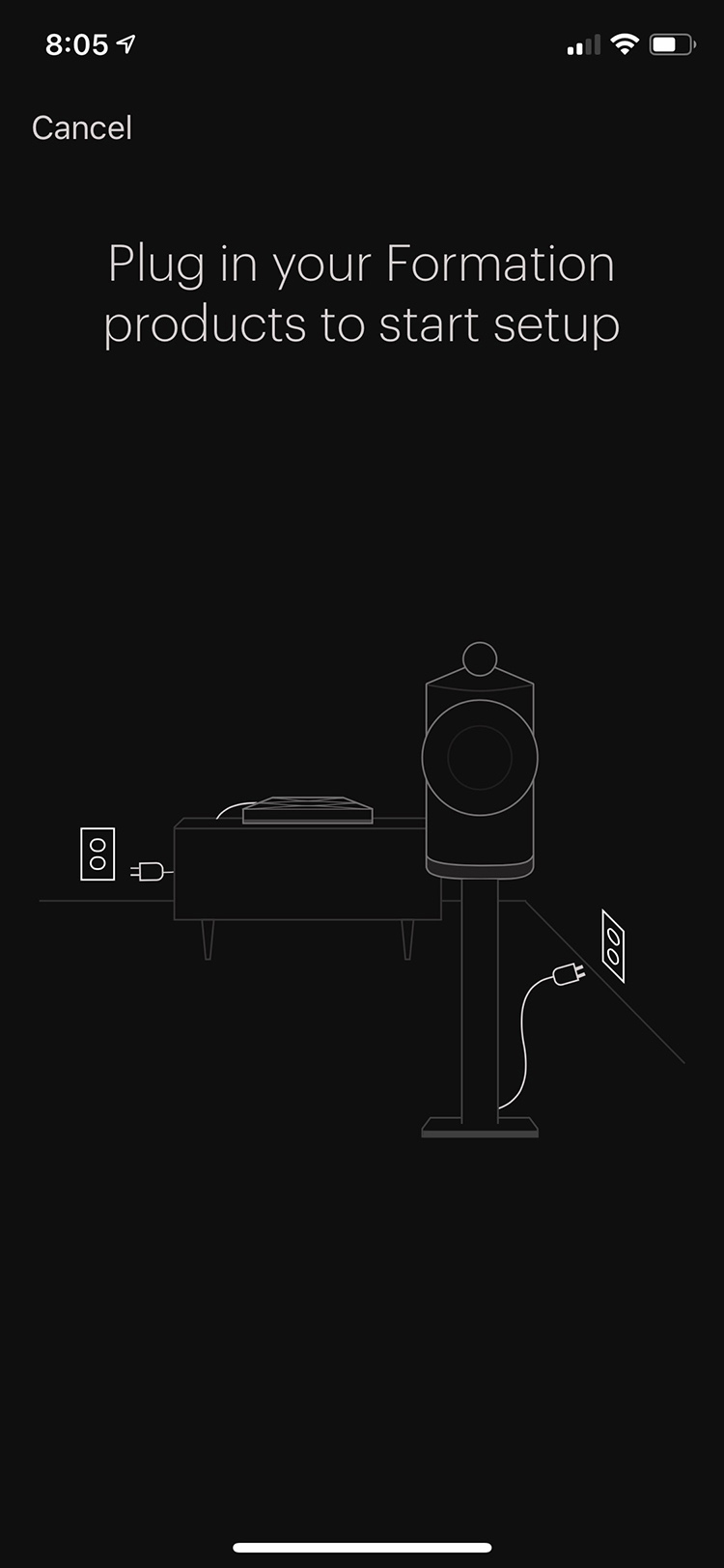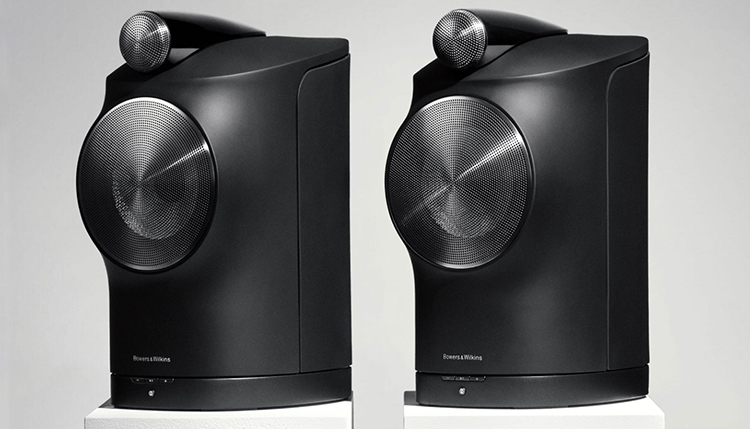
The Formation Duo is a wireless no-compromise design, and I truly mean no compromise. Other wireless systems have generally given up something just to be wireless. The Sonos system, for example, won’t playback high-resolution files. The B&W Formation Duo will.
By size alone, the speakers could be mistaken for high-quality bookshelf speakers, but they can’t be compared to that class of speakers. After extended listening, I can happily report that this is one of the finest set of loudspeakers I have heard, regardless of price.
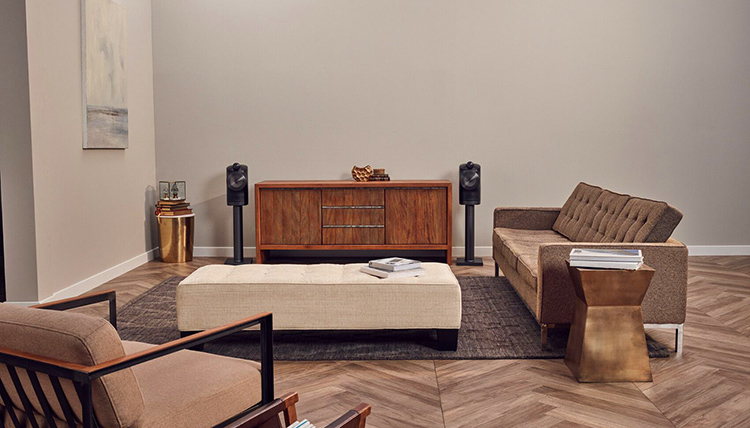
The B&W Formation Duo speakers are also a radical departure from what a typical speaker system offers. Like other speakers, each unit contains very powerful matched amplifiers, and the speakers can reproduce high-resolution music, whether streamed from a service, or from your own files at 96/24 bit resolution. If your sources are digital, no other audio equipment is needed. The speakers contain a DAC, pre-amp, and the aforementioned amplifiers. They also contain the wireless hardware and software and utilize a proprietary B&W mesh network for connecting the products in the B&W Formation line, which guarantees drop-out-free sound and with very high quality. The B&W mesh network was developed to run independently from your home WiFi network to ensure high-resolution audio performance throughout your home.
The Formation Duos are actually part of a larger family of products that give B&W entry into the whole house audio arena. The Formation Suite of products includes a subwoofer, a soundbar, the Formation Wedge which is a single enclosure with amplifiers and an integrated subwoofer, along with what B&W calls Formation Audio, an accessory box that lets you connect legacy products like turntables, CD or SACD players, and other devices to your Formation speakers. I’ll talk more about this product later.
Bowers & Wilkins Formation Duo Wireless Speakers
- 96/24 bit high-resolution streaming audio system
- Carbon domed tweeter-on-top design from the 700 Series
- Designed with the legendary Continuum™ Cone from the 800 Series
- Features Formation® Wireless Technology and support for WiFi, Apple® AirPlay 2®, Spotify® Connect, Roon and Bluetooth compatible
- Sets up in moments using an iOS or Android app
- Synchronizes with other Formation products
- Roon ready
B&W is one of the oldest and most respected speaker companies around. When I lived in England, it seemed every other person I visited had a B&W speaker for listening, either small speakers or their larger varieties. In my own home, I’ve had B&W 801s, which were superb. B&W was founded in 1966 by John Bowers in Worthing, West Sussex, in South England. Besides speakers, the company’s ventured into car audio and headphones.
Formation Duo Speakers
Technical features:
Apple® AirPlay 2® technology, Spotify® Connect, Roon Ready, Bluetooth In, Digital Signal Processing (DSP), Digital amplifier, Dynamic EQ
Drivers:
1x 25mm (1in) Carbon dome high-frequency, 1x 165mm (6.5in) Continuum cone bass midrange
Frequency response:
25Hz to 33kHz
Amplifier power output:
2x 125W
Power consumption:
<6 Watts in standby
Connections:
Network (RJ45 Ethernet or Wi-Fi), USB for service only
Bluetooth:
Bluetooth® v4.1, Class 2, aptX HD, AAC, SBC
Dimensions:
395mm (15.6in) H x 197mm (7.8in) W x 305mm (12in) D
Weight:
10.6kg (23.4lb)
AirPlay 2 compatibility:
iPhone, iPad, and iPod touch with iOS 11.4 or later, Apple TV 4K or Apple TV (4th Generation) with TV OS 11.4 or later, Mac or PC with iTunes 12.8 or later.
MSRP:
$3999 a pair
Formation Audio
Technical features:
Apple® AirPlay 2® technology, Spotify® Connect, Roon Ready, Bluetooth In, High-performance analog-to-digital converter (ADC), High-performance digital-to-analog converter (DAC)
Power consumption:
<6 Watts in standby
Connections:
Digital audio in (TOSLink), Analog in (2x RCA), Digital audio out (1x RCA coax), Analog audio out (2x RCA)
Network:
(RJ45 Ethernet or Wi-Fi), USB for service only
Bluetooth:
Bluetooth® v4.1, Class 2, aptX HD, AAC, SBC
Dimensions:
44mm (1.7in) H x 215mm (8.5in) W x 263mm (10.4in) D
Weight:
1.0kg (2.2lb)
AirPlay 2 compatibility:
iPhone, iPad, and iPod touch with iOS 11.4 or later, Apple TV 4K or Apple TV (4th Generation) with TV OS 11.4 or later, Mac or PC with iTunes 12.8 or later.
MSRP:
$699
Formation Bass
Technical features:
Digital Signal Processing (DSP), Digital amplifier Dynamic EQ
Drivers:
2x 165mm (6.5in) long-throw bass unit
Frequency response:
20Hz to 150Hz
Amplifier power output:
250W
Power consumption:
<6 Watts in standby
Connections:
Network (RJ45 Ethernet or Wi-Fi), USB for service only
Dimensions:
254mm (10in) H x 281mm (11.1in) W x 260mm (10.2in) D
Weight:
12.5kg (27.6lb)
AirPlay 2 compatibility:
iPhone, iPad, and iPod touch with iOS 11.4 or later, Apple TV 4K or Apple TV (4th Generation) with TV OS 11.4 or later, Mac or PC with iTunes 12.8 or later.
MSRP:
$999
Company:
SECRETS Tags:
Bowers & Wilkins, speakers, wireless speakers, Bowers & Wilkins Speakers, bass, Wireless Speakers Review 2019
The Formation Duos are clearly descendants of classic B&W designs, with an outboard, decoupled tweeter set atop the cabinet. The Formation Duos mid-range/bass drivers are versions of the legendary Continuum™ Cone from the B&W 800 Series. Like other B&W speakers, the cabinet is virtually inert, making use of B&W’s honeycomb-style Matrix bracing. Rap on the side of the cabinet and you’ll hear no resonances and no echoes.
Each speaker contains two internal 125W digital class-D amplifiers. These speakers are wireless speakers designed for attaching to a network ONLY. The speakers themselves have no cords attached other than their power cords. There is an Ethernet cable for a wired connection that I suspect most people won’t need, and a USB-C connection for servicing.
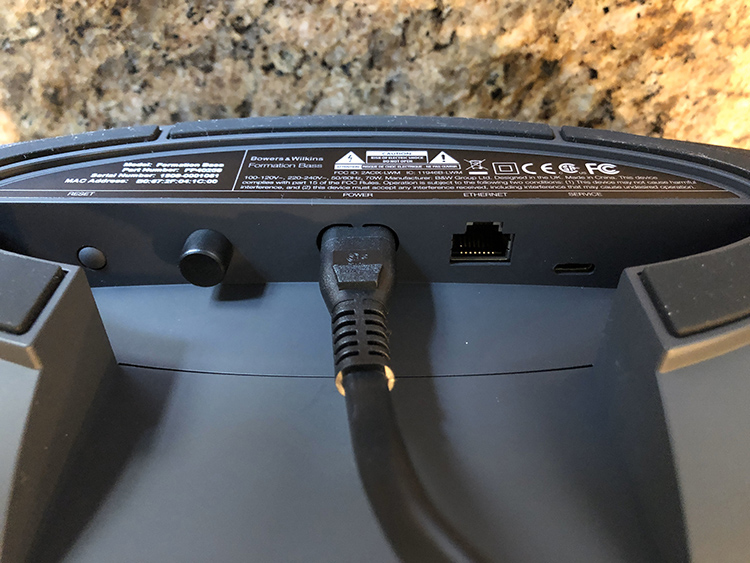
The speakers are controlled from an iOS or Android app. There is no remote. If you are using the speakers with Roon (more on that later), you can control the volume of the speakers with a laptop, computer, tablet or cell phone running the Roon app. There are small buttons at the base of each speaker for volume control, play/pause and the formation button used for set up, but I can’t imagine anyone wanting to get out of their comfortable chair to operate the speakers that way.
So how does music get into the Formation Duos? It’s all done via a network connection, Wi-Fi, Apple AirPlay 2, Spotify Connect or Bluetooth. In fact, there are a total of 6 radios built into the speaker system. Even more important, the Formation family of products communicates with its own dedicated mesh network. It’s similar to what Sonos does, but the B&W Formation components can pass high resolution files up to 24-bit/96Khz. There is a pair of 2.4GHz receiver/transmitters in each speaker for communication with the music source and another pair working at the 5GHz bandwidth for multi-room communication with other Formation products and Bluetooth. B&W claims the mesh network helps to keep your speakers in sync with no dropouts. With a wireless connection that is extremely important, because any latency will blur the sharpness of the audio image because the waveforms are not hitting your ear at the same time.
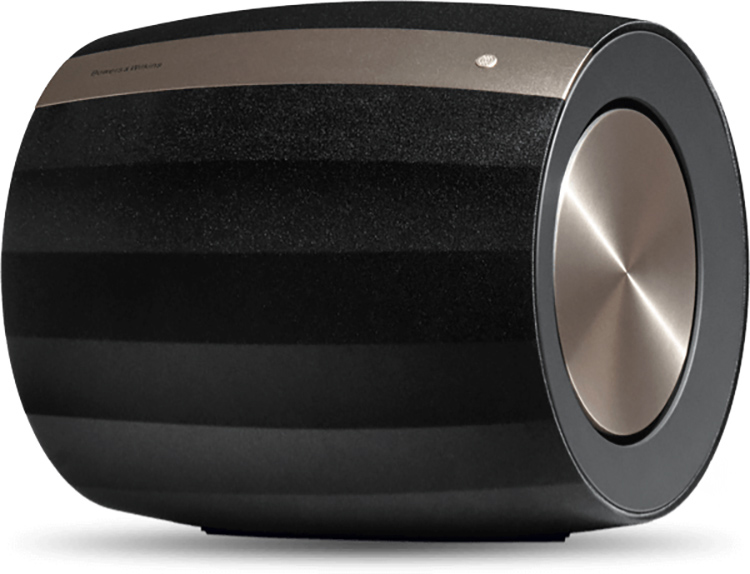
For my review, B&W sent along a pair of speaker stands and their Formation Bass unit. It’s another wireless component that syncs up with the B&W Duos to form a complete 2.1 music system. The company also sent the Formation Audio Wireless Hub. The Formation Audio component enables high-resolution 96/24-bit multi-room streaming to any passive system. It also allows you to stream from passive components– CD player, turntable, etc. – to wireless Formation speakers, anywhere in the home. As with other B&W Formation components, the Audio Hub contains a proprietary analog-to-digital converter that ensures there are no lags or breaks in the sound, even between rooms, while 96/24-bit streaming maintains sound quality.
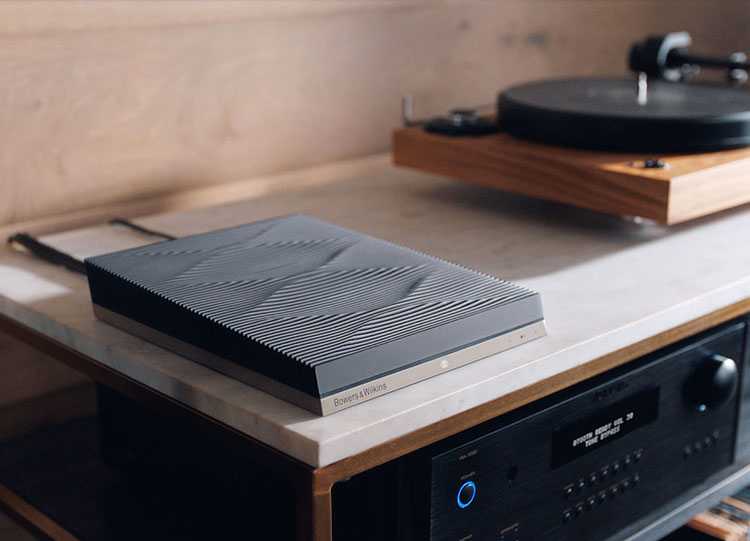
As yet, B&W does not provide a surround solution for home theater or multi-channel audio playback. They do offer a Formation Soundbar for use with a TV at $1199 but it is a 3.0 system, not 5.1, 7.1 or Atmos design, more typical features for a home theater.
For starters, as stated, I did not use the supplied stands, because I had a living room equipment cabinet that put the Duos at the right height and distance from my rear wall. All the pieces came nicely packed, and while the speakers aren’t really all that big, they were heavy given their construction and the fact that they have onboard amplifiers.
Once the speakers were in place and plugged into AC current, I followed the supplied instructions card. I had to download the B&W app for iOS or Android, and then the app guided me through the process of adding the speakers to my WiFi network and getting the speakers communicating on the B&W mesh network. I did the same for the B&W Formation subwoofer, but I did most of my listening to the Duo speakers without the subwoofer.
Finally, I set up the optional Formation Audio device. It’s a small, unobtrusive box that contains optical and analog inputs. It’s designed to integrate analog components and devices like a CD or SACD player into the Formation system. I chose to plug in my Teac reel to reel player, which is in excellent shape and try some of my vintage reel to reel tapes playing back on the Formation Duo Speakers.
As delivered, the speakers will play streaming radio and files sent from your iOS device, tablet or phone. The same applies to Android devices. To have a wider selection, B&W supplies a 60-day trial subscription to Roon, a kind of super music library organizer and optional source for the B&W Wireless Formation components, which are Roon ready. We haven’t done a full review of Roon here at Secrets and we should.
It’s a groundbreaking product that more and more manufacturers are offering compatibility with. It can integrate a wide variety of music servers and DACS, and supply easy linking to commercial streaming services like Tidal, Qobuz, and internet radio services from all over the world.
As part of my setup, I ran Roon on my desktop Mac Pro, which then promptly identified the B&W Formation devices on my network. Roon allowed me to point to folders I had of high-resolution music, it also recognized my Bluesound and Sonos systems. I could also point Roon to my iTunes Library but didn’t as it contained a lot of MP3 files and I wanted the best possible program material to listen to. Roon was able to play all my high-resolution files, mostly 24bit/96khz FLAC files. It had no trouble playing DSD files, CD rips at 16 bit/44kHz, and even some SACD rips. If Roon can’t play a format like DSD directly, it renders it to a format that can be played. I’ll have more on that below in my specific musical examples.
Once the Formation speakers are set up, all control for music listening is through the Roon application, not the B&W app, which is mainly for setting up new Formation devices. Part of that setup with the B&W app allows you to use some dynamic EQ sliders to match your speakers to your room. Changes can be made on the fly if you wish.
Roon is available in a Windows and Mac version as well as iOS and Android apps. All of these can function as a remote. While Roon exists on my WiFi network, they have devised their own network topology that allows very high-resolution files to get to the Formation devices, which play them back perfectly without dropouts or complications.
In summary, I found the Formation system easy to set up, and getting Roon up and running was also a straightforward task. Considering the complexity under the hood of this system, that’s high praise.
Using the Roon application to find and manage my system was a pleasure. I had files scattered around my home network, including on my Bluesound server, and on a NAS (network-attached storage) that hosted most of my high-resolution files, including FLACs, and some DSD files. The better the quality of the files, the better the audio was. The Formation Duo speakers never dropped out and never skipped a note. The stereo imaging was right on, and this was most evident with small musical ensembles with acoustic instruments.
I found it rather astonishing that these small speakers were outputting such high-quality sound. I switched back and forth several times between the Formation Duos and my much larger vintage Magnepan 3.6r panel speakers and subwoofer and the quality of the sound and frequency extremes were very close, except the Duo system, even without the subwoofer had more bass. The only difference I heard was the Maggies had a wider soundstage because they were physically more spread out in the room than the Formation Duos. Even with a massed chorus and large orchestra, as heard, for example, in the Mahler 8th symphony, the Formation Duos held their own against the Magnepans. Again, considering the disparity in physical size, this is a remarkable outcome.
Here are some of the things I listened to in my testing:

This is a 16/88 kHz FLAC file. A great test of a speaker, because the human voice is difficult to record and playback naturally. This music sounded great, with precise imaging, and the acoustic instruments accompanying Ms. Pidgeon were realistic.
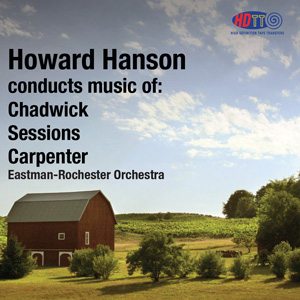
This is a remastering (24/192 kHz.) of an old Mercury recording with a large orchestra. Even though the file was playing over a wireless network from a NAS, the Formation Duos handled playback with aplomb. The sound never became congested.

Dave Brubeck Quartet from a ripped SACD that produced a DSF DSD64 file. Roon doesn’t play DSD files directly, so Roon’s standard settings convert DSD files to PCM. You can also go into the Speaker Settings and change DSD Playback to DSD over PCM, which will play DSD files without PCM conversion. Again, the sound was crisp and realistic, the percussion was deep, and frankly, it sounded like a live performance.
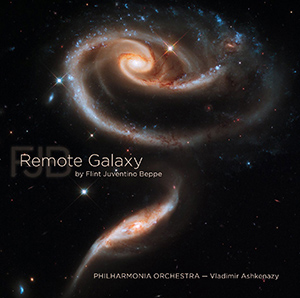
A wonderful recording from the 2L label. 2L provides downloadable files on their physical SACD discs, so this was a file playback of a 24/96 kHz FLAC. Airy strings, deep bass, a virtually perfect rendering of this music by the Formation Duo speakers.
I listened to this piece with the Formation subwoofer and without. The bass went a shade deeper with the sub, but frankly, the Duo speakers provide prodigious bass on their own.
THE B&W FORMATION DUO offers a state-of-the-art solution for customers looking for the ultimate in wireless music system fidelity.
- Very high-quality audio – among the best available
- Streaming with Spotify
- Optional use with Roon for ease of setup and operation
- Multi-room operation with very accurate sync and low latency
- Surround Sound option for home theater and multi-channel audio listening (coming soon says B&W).
The B&W Formation system is a winner, but it’s not easy to jump to conclusions about who should buy it. The Formation system has many layers. The speakers alone may require stands, and out of the box, the system will play streamed music from your cellphone or tablet. To really get a fuller use out of the Formation Duos, you will need to subscribe to the Roon service. You’ll want to have high-quality rips of your CD collection, and Roon will also provide access to any purchased music and your iTunes library. If your files are not of high quality and your collection is MP3 files, the Duos will mercilessly expose their faults if you are in any way a critical listener.
While I thought the subwoofer was excellent, as I’ve noted above, the bass provided by the Duos is of astonishing quality and depth given the size of the Duos. The same goes for high frequencies. The Formation Duo, building on a rich heritage of B&W tweeter designs, is clean and silky.

If you want to play CDs or SACDs, or anything from an analog source, you’ll need the Formation Audio box, which will get your music wirelessly to the Duo speakers without degradation. The setup of these devices is easy and high-quality involves plugging the components in, and following the on-screen guide on your iOS or Android device. External devices are added the same way the main speakers are added, through the Formation app.
It is in trying to summarize a simple value statement where things get complicated. The Formation Duo speakers are $3999 a pair. They can’t be compared to other $4K speakers because these include four very high quality matched amplifiers, and the wireless electronics that provide the magic with WiFi and Bluetooth, and of course the B&W mesh network design that puts the Formation components together.
You might need the stands for the speakers ($799 a pair), and you’ll certainly want Roon to manage and playback your files ($119 per year or $499 lifetime). The Formation Bass unit is $999 and the Formation Audio device is $699. For much of my testing, I used the Duo speakers, Roon, and the Formation Audio box, which totaled $4699 plus the Roon subscription. You may need the bass unit and require the stands, taking the price higher.
For that amount of money, I could probably put together a system that sounds as good, but that would have to include high-quality amplification. And it would also need some kind of receiver or preamplifier, and source components unless you are playing file-based content. If you are, you will need Roon or something like it to manage the content, much like what is provided by Bluesound or Sonos.
What kind of person does B&W say they are aiming this system at? They told me “Until now, the convenience of wireless audio systems meant compromises in lower quality sound and imperfect connectivity. The Formation® Suite provides high-fidelity sound along with wireless convenience in our patented Formation® Wireless Technology. With superior design and sound performance, we’ve combined perfected speaker synchronization, a proprietary mesh network, and industry-leading 24/96 high-resolution sound. Its performance meets convenience.”
Further: “It’s for the customer who wants the ease that wireless provides but wants to introduce superior quality into their homes, easily and seamlessly.”
It’s hard to disagree. As a system, the Formation works like a champ, with exemplary audio quality and ease of setup. What’s missing from the equation is surround sound, almost a given in many high-end systems. B&W says a surround solution will be announced in September. That will make this superb system even more desirable, but for now, I had no way to listen to my collection of multi-channel files and SACDs.
The Formation line of audio equipment is a very bold step for B&W. They may be ahead of a great many audio and music enthusiasts. Most will already have a disc-based music collection and are just looking to replace speakers. Of courseIts B&W has superb offerings of more conventional speakers, but they are doing something very new here.
I can’t complain about the sound quality or the ease of use. The Duos are among some of the best speakers I have ever heard, regardless of size or price. The integration with Roon, which is a superb music manager for music lovers, providing extensive background information on artists and the music, can’t be beaten by anything else on the market.
I see the B&W Formation line as ideal for someone starting fresh, with a large library of lossless hi-res files, and that customer is looking for ease of use, not a lot of boxes and wires, and the ability to integrate things like internet radio or file-based streaming services like Tidal or Qobuz into their musical lifestyle.




